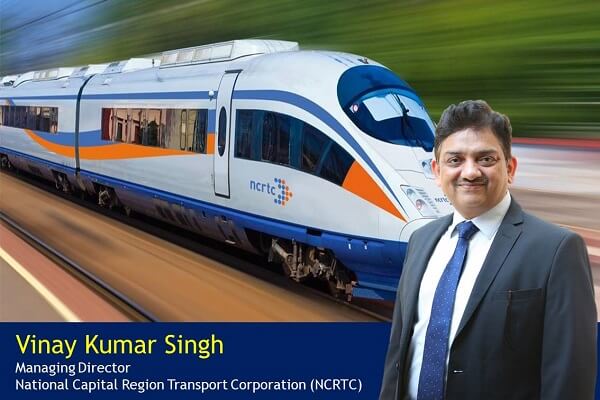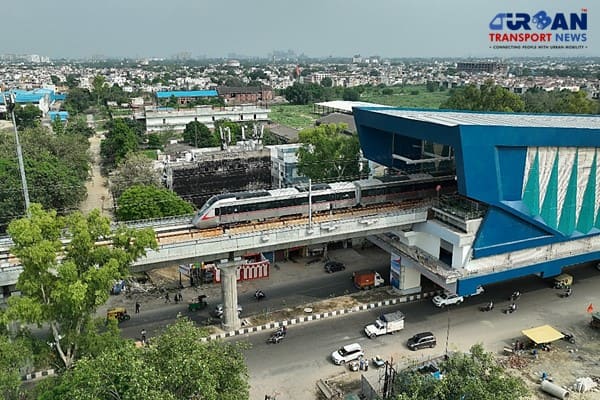 Vensa Infrastructure wins ₹412.58 crore civil contract for Hisar Airport
Vensa Infrastructure wins ₹412.58 crore civil contract for Hisar Airport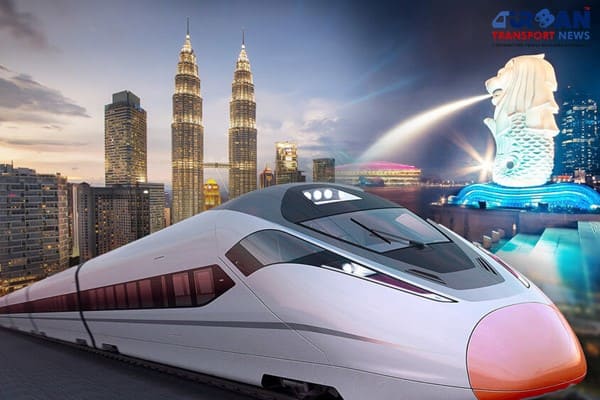 Kuala Lumpur-Singapore high-speed rail project cost could be slashed to RM70 Billion
Kuala Lumpur-Singapore high-speed rail project cost could be slashed to RM70 Billion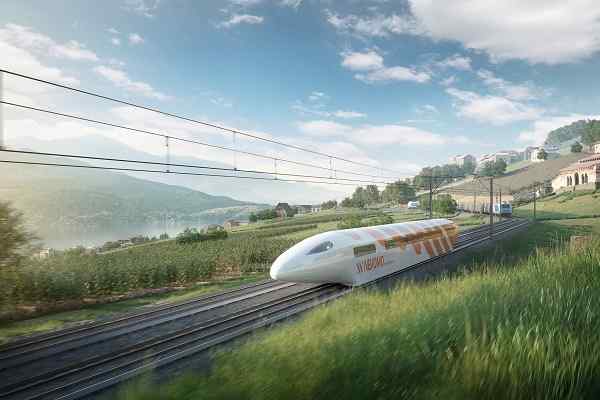 Nevomo's MagRail Technology Selected for Hyperloop Freight Demonstrator
Nevomo's MagRail Technology Selected for Hyperloop Freight Demonstrator Russia signs deal to procure bullet trains for Moscow - St. Petersburg high-speed line
Russia signs deal to procure bullet trains for Moscow - St. Petersburg high-speed line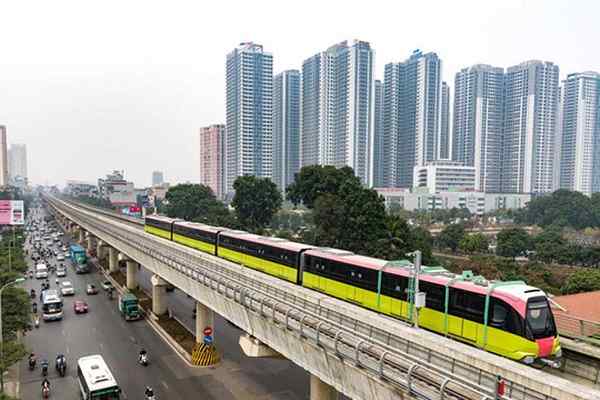 Vietnam plans new metro rail lines to replace its BRT systems in Hanoi
Vietnam plans new metro rail lines to replace its BRT systems in Hanoi 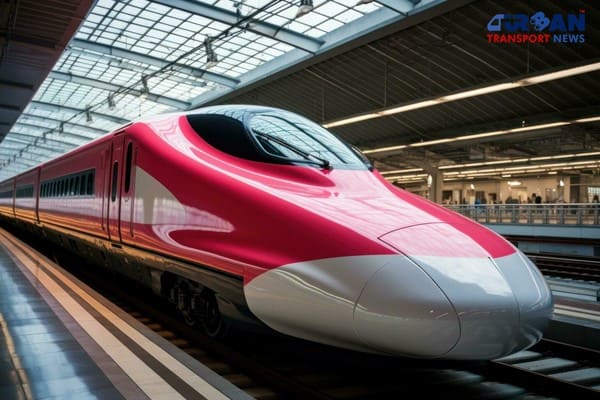 Revolutionizing Indian Railways: The Rise of Indigenous High Speed Bullet Trains
Revolutionizing Indian Railways: The Rise of Indigenous High Speed Bullet Trains Ayodhya deployed Gobbler Litter Buster to keep the City clean
Ayodhya deployed Gobbler Litter Buster to keep the City clean BMW's Emissions Investigation: What Does It Mean for Drivers?
BMW's Emissions Investigation: What Does It Mean for Drivers?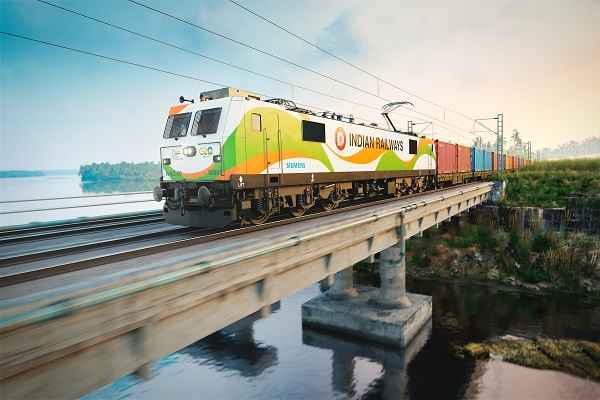 171 Years of Indian Railways: A History of Innovation and Progress
171 Years of Indian Railways: A History of Innovation and Progress Vande Bharat Express trains carries over two crore passengers since their inception
Vande Bharat Express trains carries over two crore passengers since their inception
Rajasthan Govt. approves DPR of Delhi-Gurugram-SNB-Alwar RRTS corridor
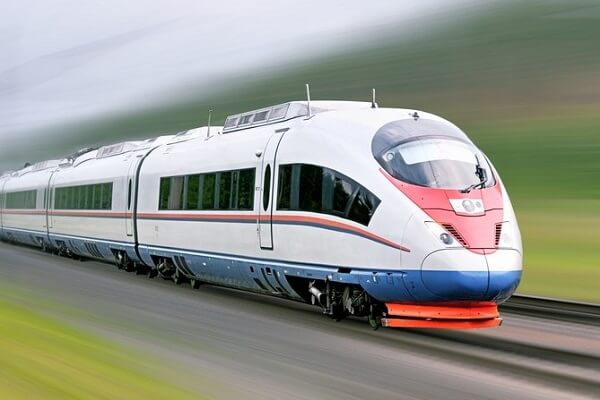
Jaipur (Urban Transport News): In a major boost for regional mobility in the National Capital Region (NCR), the Rajasthan cabinet, in its meeting held today, has given its approval to the Detailed Project Report (DPR) for the Delhi-Gurugram-SNB-Alwar RRTS corridor. Delhi-Gurugram-SNB-Alwar RRTS corridor will be executed by the National Capital Region Transport Corporation (NCRTC), the agency formed to implement RRTS project connecting Delhi-NCR.
According to the DPR, there would be total 22 stations built under this corridor. The Delhi-Gurugram-SNB-Alwar RRTS corridor will cover a distance of 164 kilometres and journey between Delhi and Alwar will be expected to complete in 117 minutes, as claimed by the NCRTC. One of the three RRTS corridors prioritized for implementation, Delhi-Gurugram-SNB-Alwar RRTS corridor is planned to be implemented in three stages. In stage I, Delhi–Gurugram–SNB Urban Complex will be constructed. In Stage II, it will be extended from SNB Urban Complex to Sotanala and in Stage III, SNB Urban Complex to Alwar will be constructed. In February 2019, the Haryana government had given its approval for Delhi-Alwar RRTS corridor till SNB as this corridor will connect Delhi to Alwar (Rajasthan) via Haryana.
The Haryana government will contribute Rs.6,436 crores for this project. Passing through industrialized areas of Haryana and Rajasthan, this RRTS corridor will benefit the entire region between Delhi to Alwar, while increasing the productivity of a large number of commuters travelling from Delhi and Gurugram to regions in Manesar, Bawal and Neemrana. This corridor will not only offer mass transit benefits but also bring in wide range of economic benefits to the society including effectively curbing pollution, improving safety & reliability of commute and creating employment as well as new economic opportunities. Apart from unlocking economic development potential of the region, such high-speed commute will bring people and places closer enabling polycentric growth in NCR. I
mplementation of the RRTS would provide much-needed additional public transport infrastructure to the national capital region to address issues of congestion, air-pollution and catalyse balanced and sustainable regional development. Out of the 8 identified corridors to connect various NCR towns with high-speed rail commute under the Functional Plan on Transport for NCR-2032, three have been prioritized for implementation in Phase-1 by the Planning Commission appointed Task Force, these are Delhi-Ghaziabad-Meerut, Delhi-Gurugram-SNB-Alwar and Delhi- Panipat.






